I've tested more than 25 cameras in the past year – here are my 5 favorites of 2025 so far
2025 has been packed with a string of surprising camera firsts
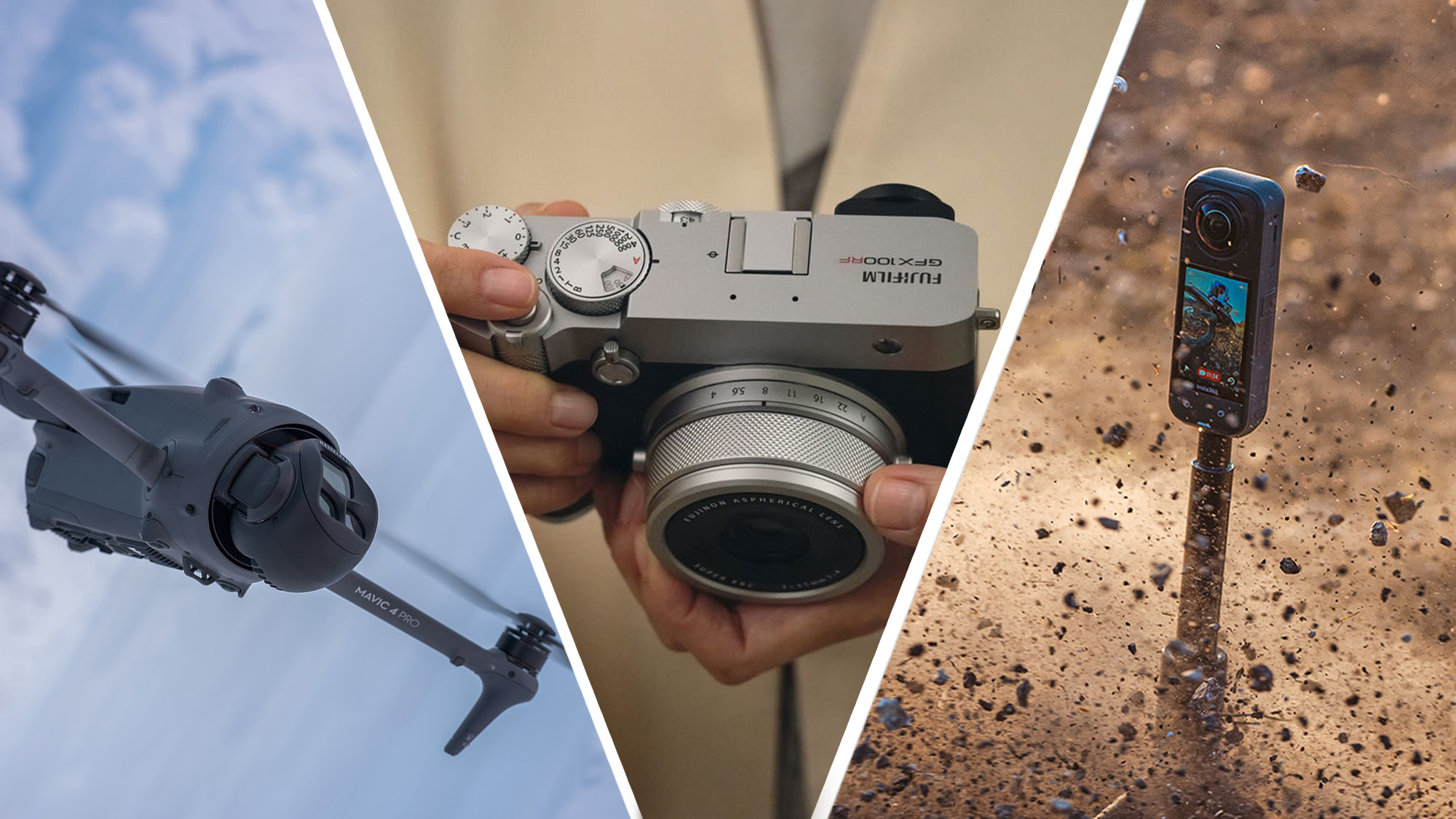
If you love new camera gear, then 2025 has been a rollercoaster so far, following a string of fabulous and unexpected new models, supply issues and, if you're in the US, price hikes.
We’ve reviewed over 25 cameras so far, plus even more lenses and accessories. Unconventional design has been the secret sauce of the camera industry throughout 2025, while world-firsts were on the agenda for the best lens-making department in the business.
Sigma’s BF was the most talked about camera of the year, touted as the camera Apple would have made. Its minimalist design has polarized opinion and I can understand why – when I reviewed the BF I simultaneously loved and disliked the experience!
Fujifilm pushed the boat out with all-new models, such as the sensationally premium GFX100RF medium-format camera and the quirky X half compact. The former featured a new aspect ratio dial which resonated with me, while the latter packs charming features for analog fans, such as its film roll mode.
Nikon doubled down its affordable credentials, launching the new Z50 II and Z5 II – the latter redefines what entry-level full-frame cameras can do. Panasonic on the other hand launched two excellent full-frame mirrorless cameras, the uncharacteristically expensive Lumix S1R II and Lumix S1 II, with the latter still offering the best bang for buck for video users.
For outright photography fun, OM System's OM-3 delivered the goods, in a compact and newly-designed retro Micro Four Thirds package, even if tech-wise it brought little new to the table.

Both DJI and Insta360 hit gold with respective new products; the DJI Mavic 4 Pro is easily the best camera drone for prosumers, even if it’s still yet to go on sale in the US, while the X5 extends Insta360’s dominance in the 360 camera space.
Sign up for breaking news, reviews, opinion, top tech deals, and more.
Canon pushed twin video-focused cameras to content creators, the EOS R50V and PowerShot V1. Seemingly, both have received lukewarm responses, which will disappoint Canon who might have expected the PowerShot V1 to ride the viral success of its PowerShot G7X Mark III. Sony's FX2 video camera just broke cover and its new lenses are really special, including the incredible 50-150mm F2 GM.
So what can we look forward to for the second half of 2025? We expect a prolific season for DJI and Insta360, who look set to duke it out following a string of action camera rumors. Elsewhere, it could be a quieter time for most of the other leading brands, but surely Sony and Canon have some pro gear on the way? A year without a serious mirrorless camera from either brand would be unfathomable.
Let’s break down our favorite camera gear of 2025 so far.
5. Insta360 X5
- Best action camera of 2025 so far
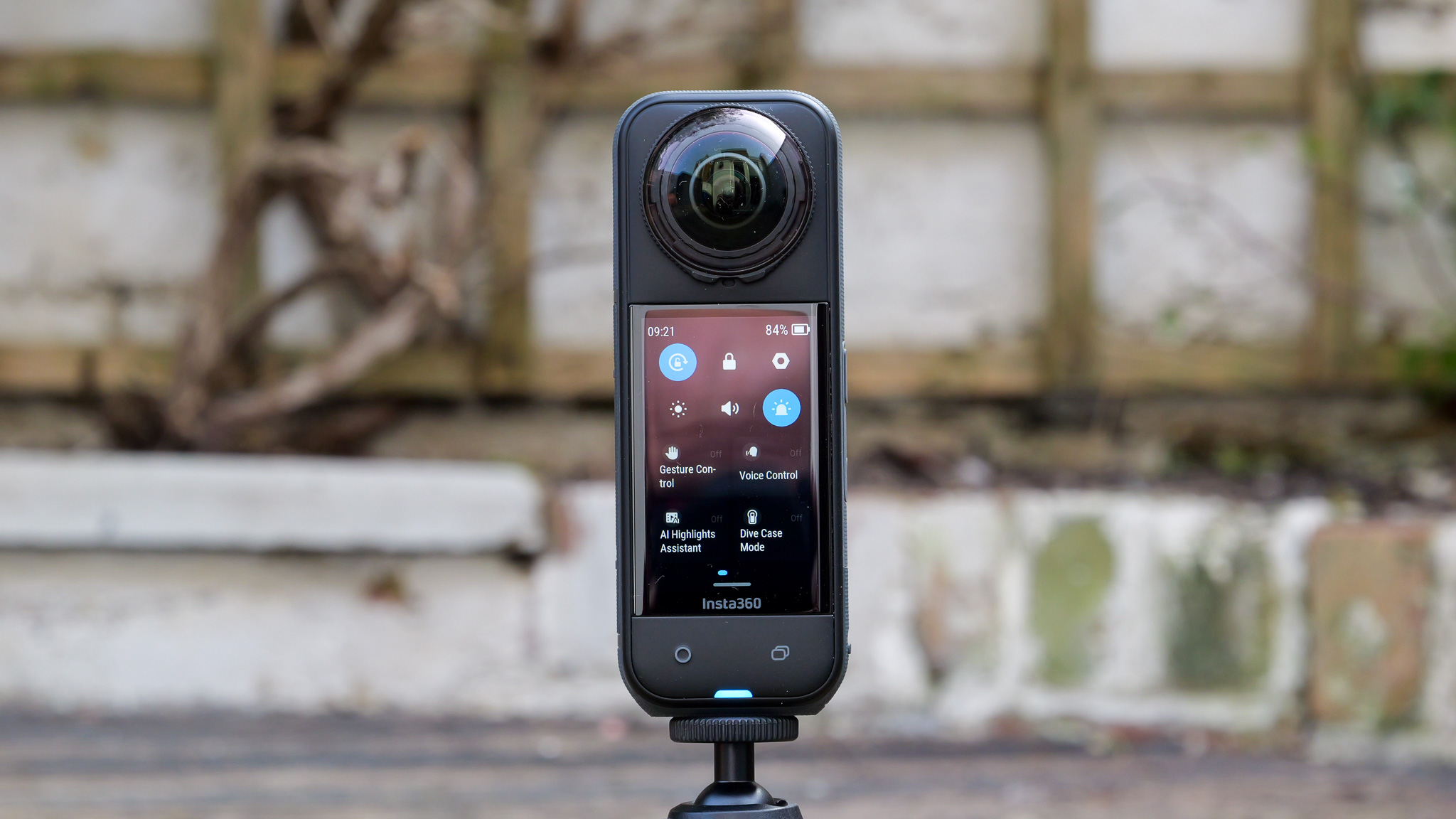
With a DJI 360 action camera strong rumored to be arriving later this year, we may see something capable of challenging the Insta360 X5. But I think this camera has set the 360-degree video bar so high that it’s practically in the clouds.
Despite arriving only a year after the excellent X4, the X5 improves on its predecessor in key areas like water resistance, microphone performance and, perhaps most notably, image quality. Thanks to a pair of larger 1/1.28-inch sensors and greater processing grunt, the X5 delivers sharp and dynamic auto-stitched 8K and 5.7K 360 movies even in low light conditions – the area where the X4 felt weakest.
I loved the big durability upgrade too, thanks to Insta360 introducing user-replaceable lenses. If you scratch or shatter one of the bulbous wide-angle lenses, it’s now possible to buy an affordable kit and swap it out for a fresh replacement in a matter of minutes. Peace of mind indeed.
Read our in-depth Insta360 X5 review
4. Fujifilm GFX100RF
- Best compact camera of 2025 so far
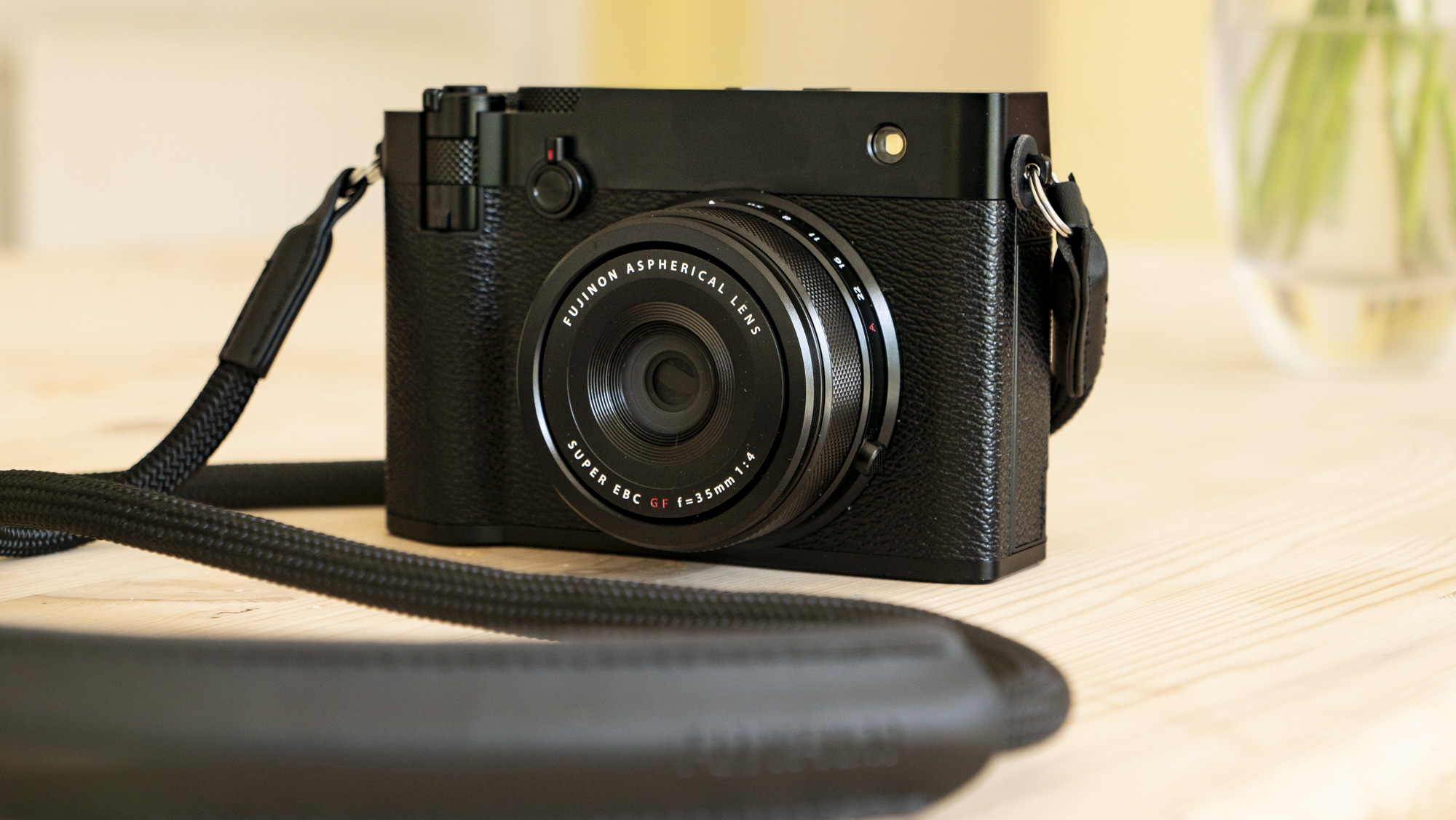
The GFX100RF left a huge impression on me – despite being the first camera of its kind (a Fujifilm medium-format sensor paired with a compact body) it feels like a brilliantly well-rounded product. It’s impossible not to be blown away by the sheer edge-to-edge detail supplied by its 102MP sensor, and for pixel peepers who value sharpness and resolution above all else, there’s nothing that can touch it in its class. Fujifilm’s engineers have pulled off some potent wizardry to squeeze that kind of performance into a body so compact.
That’s not to say it’s perfect, of course: the lack of any form of image stabilization means you’ll likely be packing a tripod on your photography day trips, especially given that the lens while beautifully sharp, has a maximum aperture of just f/4. You’ll need a very steady hand if you want to make the most of its sharpness.
Practicalities and performance aside, I also adore the GFX100RF’s rangefinder-style design, handling and amazing 800-shot battery life, which make it an absolute pleasure to use. Niche features such as a new aspect ratio dial, which changed the way I was seeing the world around me, were the cherry on the cake.
Read our in-depth Fujifilm GFX100RF review
3. Nikon Z5 II
- Best mirrorless camera of 2025 so far

Despite its entry-level price and positioning in Nikon’s range, I think the Nikon Z5 II feels anything but entry-level. Rather than stripping things back to the bone in an effort to deliver affordability, Nikon has lavished this camera with a heap of upgrades that essentially take it right into mid-range status. It’s basically a Nikon Zf without the retro looks.
It comes with the same Expeed 7 processor as found on recent higher-end Z-series camera bodies, bringing with it excellent IBIS, superb subject-detection autofocus performance, 30fps JPEG continuous shooting (or 12fps in raw format) and the same tried and tested 24.5MP back-illuminated sensor that previously appeared on the Z6 II. It’ll capture 4K at 60fps (albeit with a 1.5x crop), 10-bit video and 12-bit N-RAW photos – a lot beefier than the specs you’d normally associate with budget-friendly cameras.
It’s difficult to imagine a stronger all-rounder that represents this much value for money emerging in the remainder of 2025. But you never know what might be around the corner.
Read our in-depth Nikon Z5 II review
2. DJI Mavic 4 Pro
- Best drone of 2025 so far

Year after year, DJI’s camera drone releases continue to push image quality, flight capabilities and safety features to new heights – and nothing has soared so loftily in 2025 as the company’s new flagship prosumer model, the Mavic 4 Pro. I think it’s the best Mavic drone yet, and possibly the best drone I’ve ever tested.
Equipped with three cameras mounted on an innovative gimbal that supports a greater range of motion than previous designs, the Mavic 4 Pro’s aerial videography and photography prowess is unmatched in its price bracket. The cameras, particularly the Hasselblad-branded 28mm unit, excel in low light and offer superb dynamic range, drawing out incredible detail – particularly when using the pro-friendly D-Log color profile.
A more streamlined design gives the Mavic 4 Pro impressive flight speed, power and maneuverability, and better battery life keeps it in the air for longer than its predecessors. It’s also the first Mavic drone to come with front-facing LiDAR which, along with its omnidirectional fisheye vision sensors and infrared downwards sensor, gives it superb obstacle avoidance skills – even in low light conditions.
Read our in-depth DJI Mavic 4 Pro review
1. Sigma BF
- Best design of 2025 so far
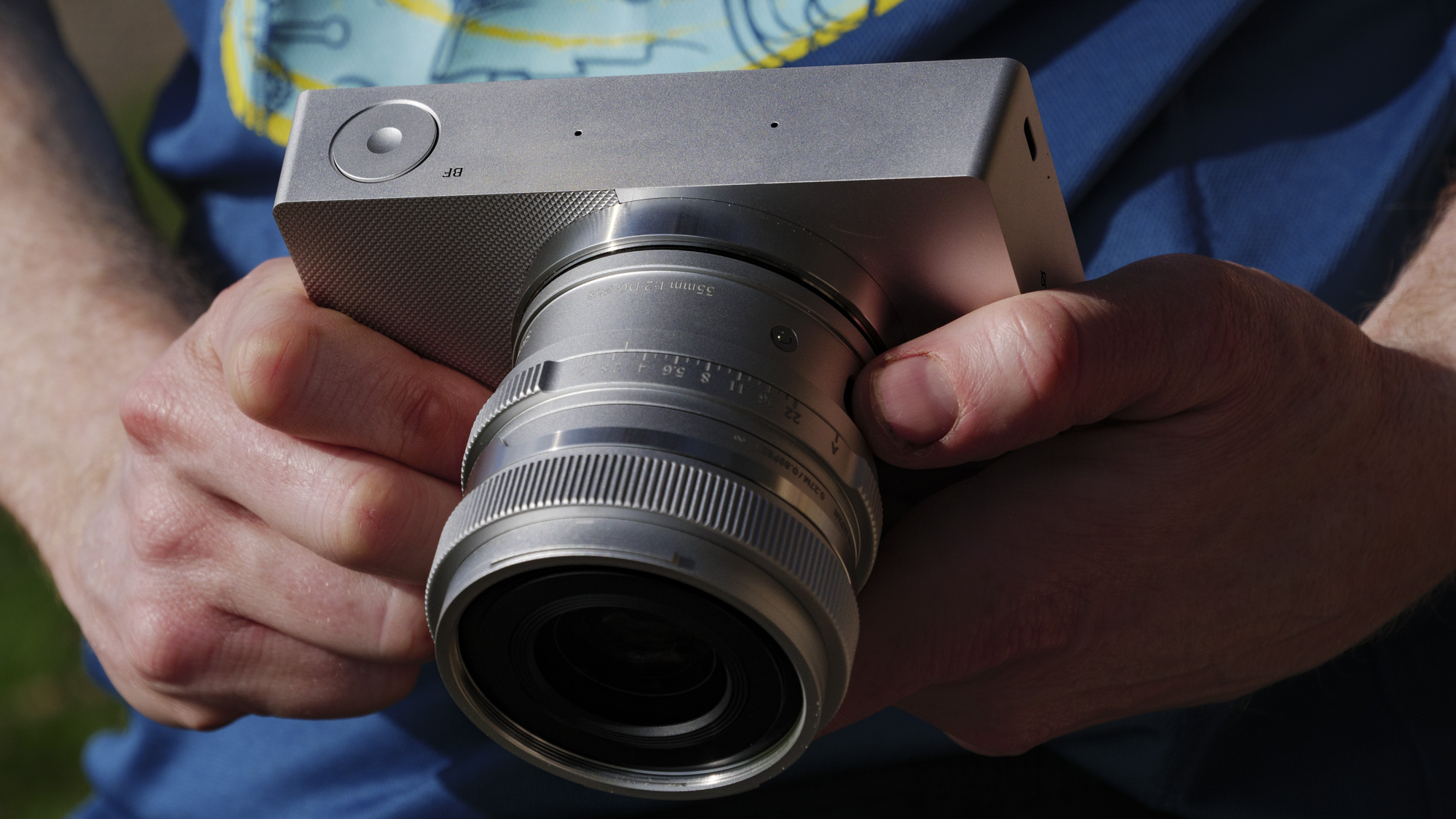
No viewfinder. No in-body stabilisation. A smooth, featureless body that’s awkward as all hell to grip onto. Almost zero connectivity. No card slot. No tilting screen. A control setup that’s the very definition of ‘minimalist’. The Sigma BF ignores so many of the camera-making rules that it should, by rights, be a total failure – and yet I absolutely adored it.
Crafted out of a single block of metal, this full-frame camera has some of the boldest design flourishes I’ve ever seen in camera. Sure, some of the decisions have forced me to make uncomfortable concessions, but all too often we forget that cameras are just cold, unfeeling products. They’re creative tools; and their design should encourage creativity.
That’s precisely what the BF does. Its stark, stripped-back, striking beauty pushed me to go out and take photos – and the photos I took with it look stunning!
Read our in-depth Sigma BF review
Sony FE 50-150mm f/2 GM – it's not all about cameras!
- The Best lens of 2025 so far
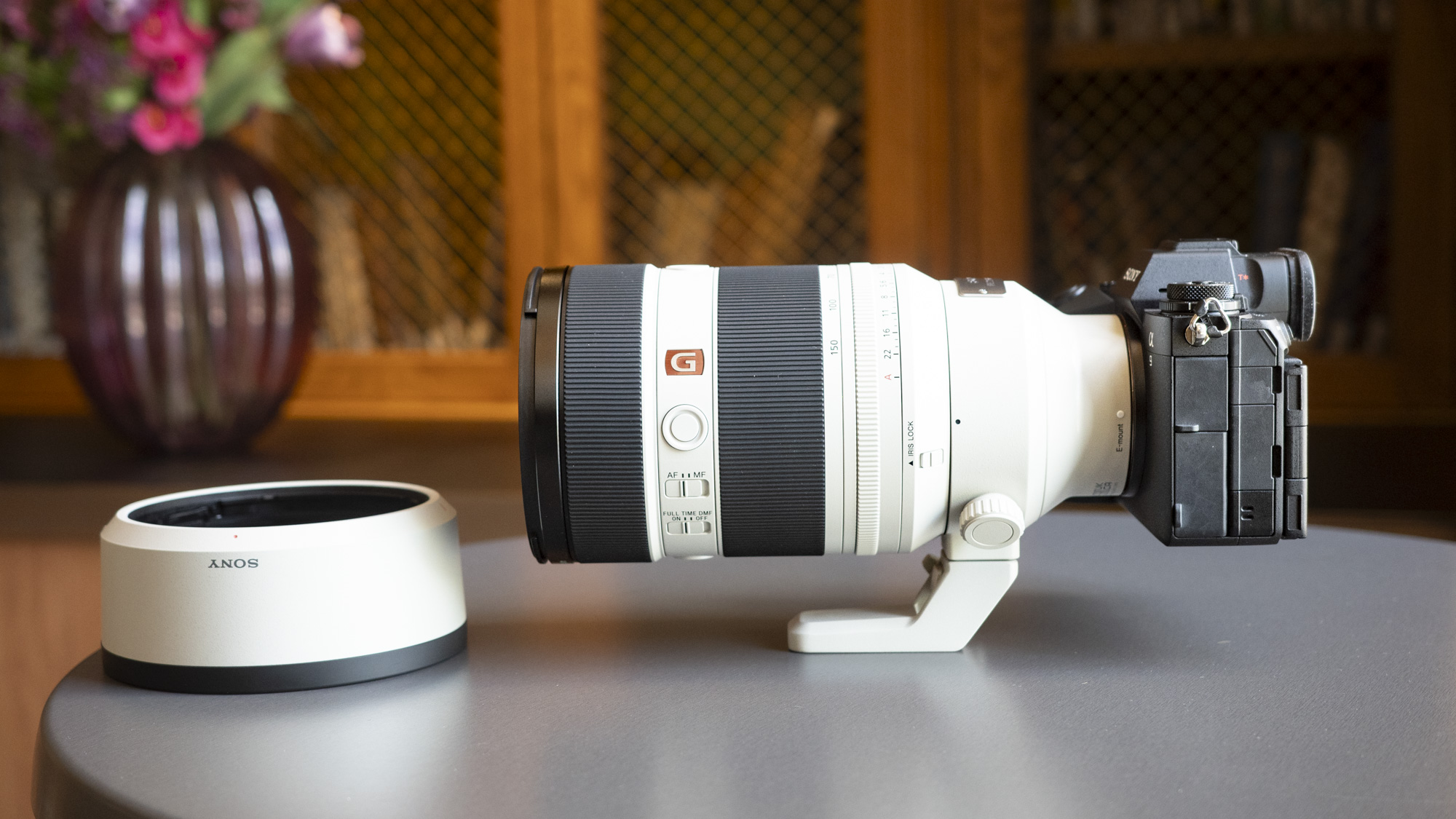
When I first heard about Sony’s 50-150mm lens, the unique focal length range left me a bit flummoxed. I couldn’t really see where it would be more useful than old standards like a 24-70mm or 70-200mm – but now that I’ve had plenty of time to use it, I’m a convert.
In fact, I’m convinced that for the type of photography I usually undertake – sport, events and candids – it’s probably the best all-rounder I could have on my camera, and its fast aperture means it essentially replaces several primes.
Yes, this lens is bulky and expensive, but that constant f/2 aperture offers speed and low light mastery at all focal lengths, plus helped me get beautifully buttery bokeh when I wanted it. And optical quality is top-notch, too: my shots were pin-sharp and packed with detail when using the 50-150mm, and it autofocuses snappily and accurately when clamped to the Sony A7R V I used for testing. Sony's lens making department has truly outdone itself with this special tele zoom.
Read our in-depth Sony FE 50-150mm f/2 review

Tim is the Cameras editor at TechRadar. He has enjoyed more than 15 years in the photo video industry with most of those in the world of tech journalism. During his time as Deputy Technical Editor with Amateur Photographer, as a freelancer and consequently editor at Tech Radar, Tim has developed a deeply technical knowledge and practical experience with cameras, educating others through news, reviews and features. He’s also worked in video production for Studio 44 with clients including Canon, and volunteers his spare time to consult a non-profit, diverse stories team based in Nairobi. Tim is curious, a keen creative, avid footballer and runner, and moderate flat white drinker who has lived in Kenya and believes we have much to enjoy and learn from each other.
You must confirm your public display name before commenting
Please logout and then login again, you will then be prompted to enter your display name.